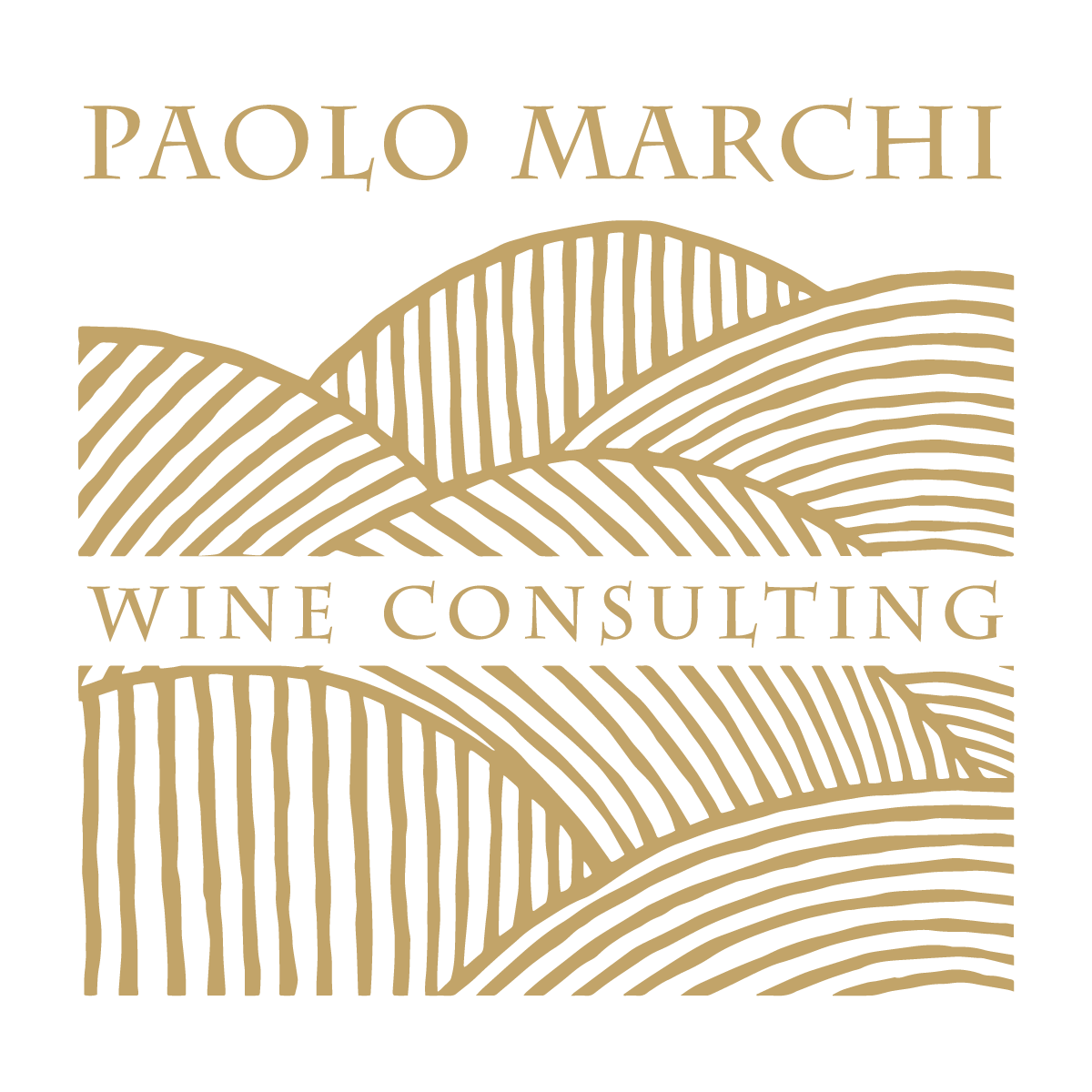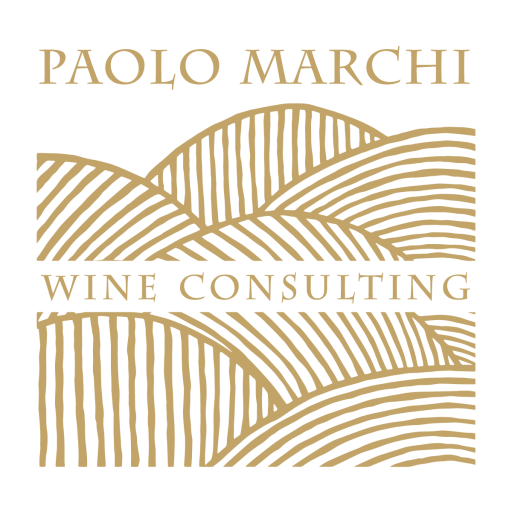An area’s great wines are the finishing posts in a long distance project. The task of a consultant is to guide wine growers choices in the light of each area’s potential, to produce unique wines capable of giving consumers a special experience. I’m taken on because the clients I work with are not satisfied with simply making excellent wines, but want to leave their mark, find an equilibrium between all the natural elements in their vineyards.
My task is to ‘listen’ to vineyards in order to monitor them and achieve optimal grape ripening. Agronomists seek a synthesis between all those elements which contribute to the vine’s physiological balance. As I walk around vineyards, I come across soils of every sort, whose bond with vines is rendered unique and indissoluble by the action of the weather, the greenery, insects and micro-organisms. Its roots are the fulcrum of a vine’s physiological equilibrium, the metronome to its biological rhythms and a snapshot of its state of health. From planning to assistance during all the phases of development which culminate in ripening, my job consists of guiding, protecting and optimising plant physiology to express the character which winemakers want to transfer to their wines in fermentation in its grapes.
The oenologist’s task is to protect and enhance whatever is good in the vineyard in grape ripening. Grapes cannot be vinified with approximations, by following pre-prepared protocols. Top quality winemaking is a matter of knowing how to follow and accompany the must in its transformation into wine and guide wine in its development. This might seem straightforward and banal, but the best results require years of experience, practice and competence, as well as innate and well-trained sensory skills.
Natural harmony transformed into wine
Science is the starting point for viticulture and oenology. Consultancy work starts from this expertise and is founded on lengthy practical experience. Choosing which techniques to use to make wine is an integral part of this approach, whether integrated, organic or biodynamic agriculture is used. There are no such things as labels or disagreements in understanding how to make wine, but a single ethical approach in which cross-fertilisation between the various disciplines and the various winemaking philosophies exalts the product and safeguards the local area.

